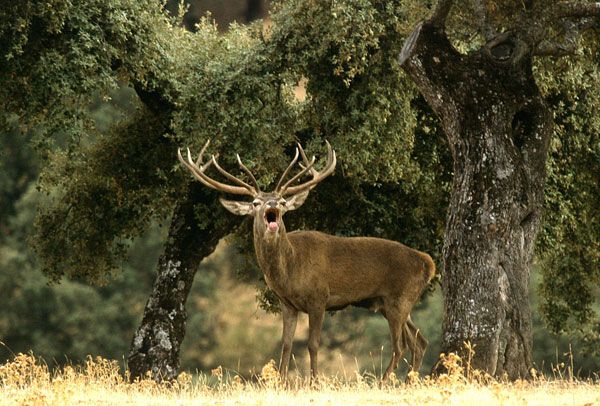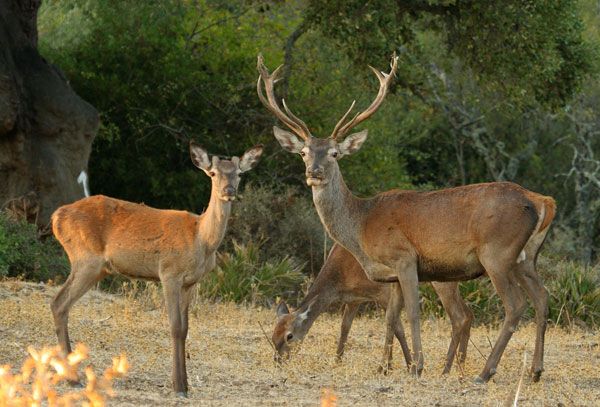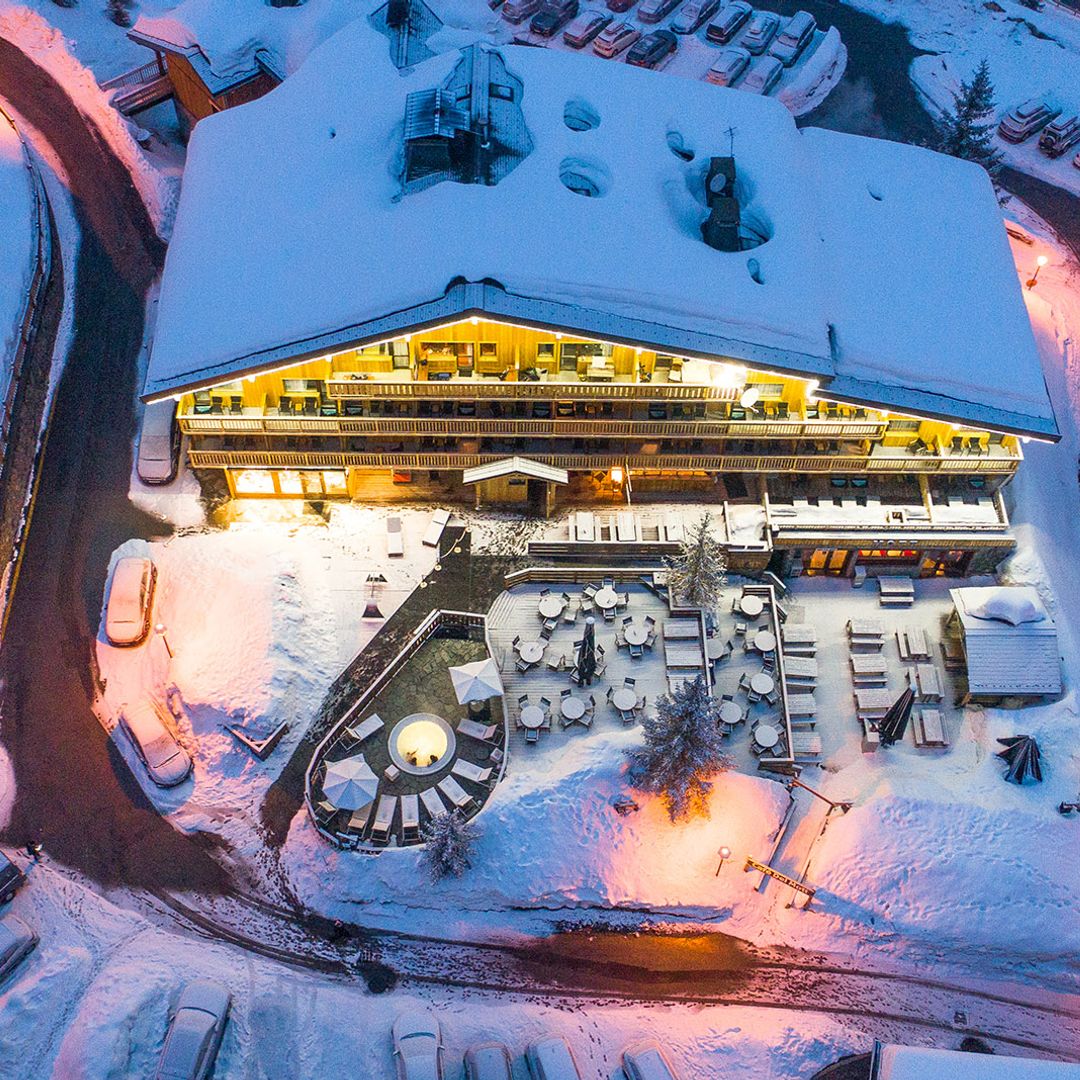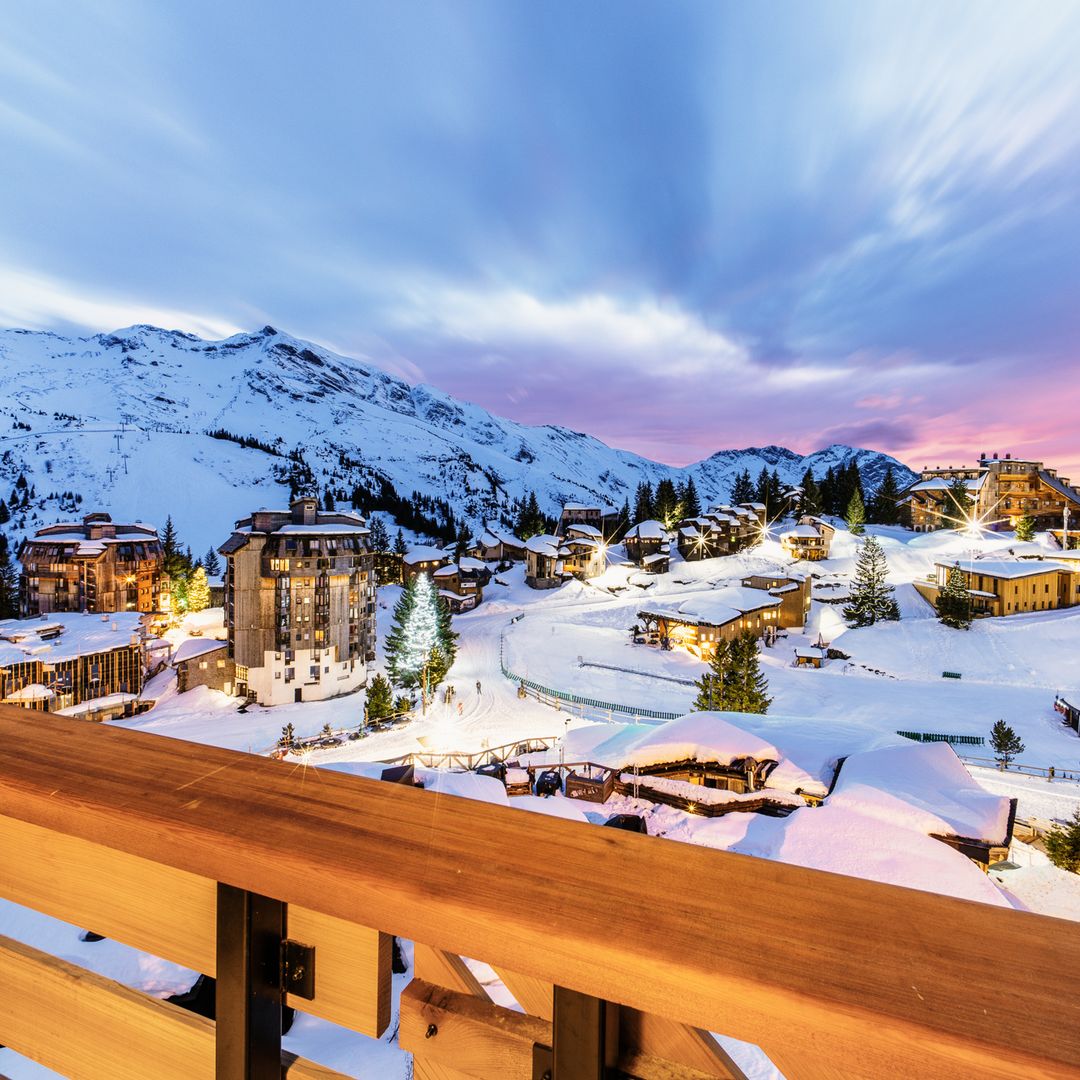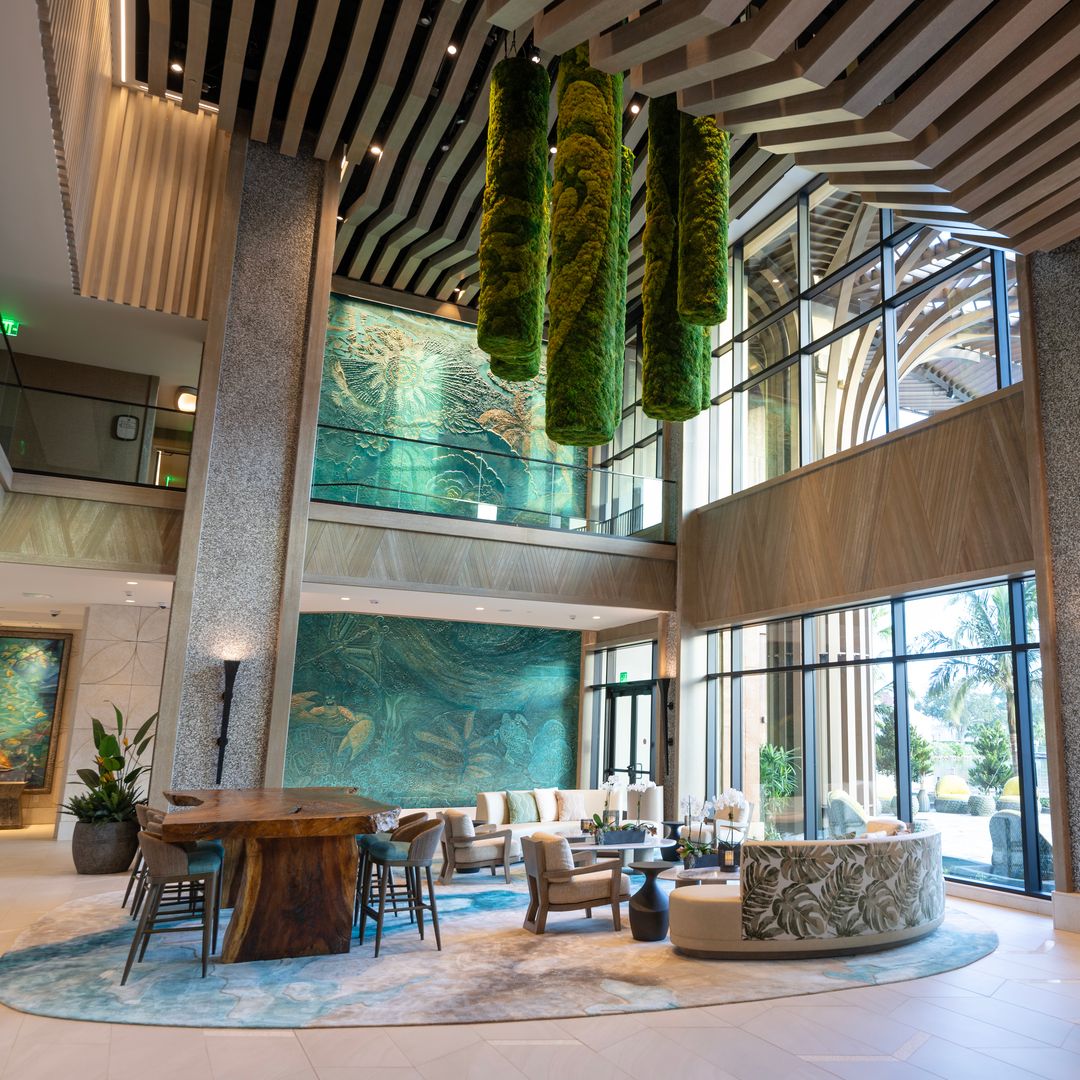It's October, and the leaves are turning colour. And, as the forests begin to put on their finest in shades of gold, ochre, yellow, red and rust, nature has added an original sound track for the spectacle. Every day at dawn and dusk, the woods and the sparse holm-oak pasture land known as dehesa echo with the calls of the older male deer, hoping to mate with the females of the herd – and willing to fight for the privilege. And it's these displays of strength between the antlered males of the species that make this particularly interesting and an event that many Spaniards will travel to witness. We've selected a few of the best places where the horned struggles are likely to be seen and where special excursions are arranged just for that purpose.
CabañerosAbout two and a half hours drive south of Madrid, as well as being one of the planet's finest examples of Mediterranean forest, this area is home to 6,000 deer. With such a large deer population it's hardly surprising that this is one of the best places to witness the deer lock antlers during the annual rut. The environmental cooperative Coserfo offer off-road vehicle tours until mid October. Each tour last around three hours, with starting points at Alcoba de los Montes, Horcajo de los Montes and Retuerta del Bullaque.
AlcornocalesThis beautiful natural space, whose name means forest of cork trees, lies farther south in the Sierra de Cadiz, Andalusia, and is home to 35,000 deer who compete in the relentless natural struggle when autumn arrives. There are several options to admire the show: sign up for the excursions offered by by the Asociacion de Senderismo Vulpes (Vulpes Hiking Association), or for the nocturnal tours organised by Genatur, or join the Educam Rural programme from Aula de la Naturaleza El Picacho, where, for 75 € you'll get not just the visit, but accommodation, meals and other outdoor activities.
MonfragüeIn the centre of the peninsula, but to the west of the Spain, towards the border with Portugal, Monfragüe, the oldest protected area in Extremadura, straddles the Tajo – the River Tagus. Companies such as En-Route (Tel. 927 40 41 13) and Monfragüe Vivo, both based in Malpartida in Plasencia, offer off-road excursions during the rutting season. At the Visitors Centre located in Villarreal de San Carlos, midway between Plasencia and Trujillo, information is available about about the other wildlife of the area, including the marvellous variety of birds, such as the griffon vulture, the peregrine falcon and Bonelli's eagle.
Cazorla The best known mountain range of the largest natural park in Spain, Cazorla Segura y Las Villas, is yet another location to see the annual deer rut. Here, if you don't want to join an organised group, the best places to witness the spectacle are the Parque Cinegetico (the Hunting Park) and the right bank of the Tranco swamp. Alternatively, Turisnat offer off-road tours, priced at 30 € for a half-day excursion. Tours depart from the Torre del Vinagre visitor centre, at the foot of the dam, where many themed display and exhibition rooms explain the rich flora and fauna of the area. There centre also boasts a hunting museum and a botanical garden.
Redes This biosphere reserve is one of the best areas to witness the rut on the Cantabrian coast. The A Pie tourism company organises evening guided tours on foot or by off-road vehicle for up to eight people. Prices range between 15 and 25 € per person, depending on the duration. The Aldea Perdida hotel also offers a special package that includes two nights half board and a horseback deer-watching excursion for just 126 €.
El PardoIf you're visiting Madrid you don't need to travel very far to go deer watching: just outside the capital is the Monte del Pardo park. There are several options: the Camino al Cristo – the trail that starts at the Capuchinos bridge and runs along the left bank of the Manzanares River, the Desaguadero viewpoint on the Fuencarral road, and the gardens of La Quinta de El Pardo all allow you, if not to actually see the deer, then at least to hear the hoarse bellowing of males in heat. More information from Fuencarral-El Pardo Visitor Centre (Tel. 917 35 96 34).

